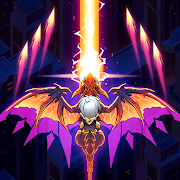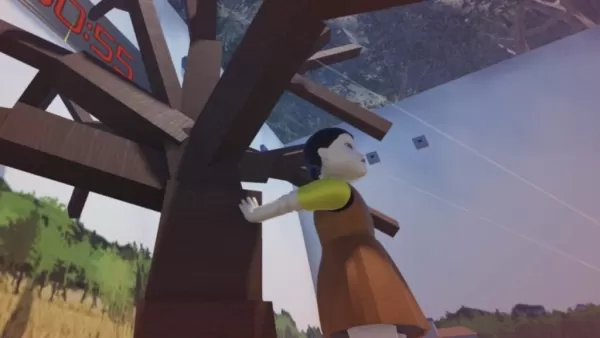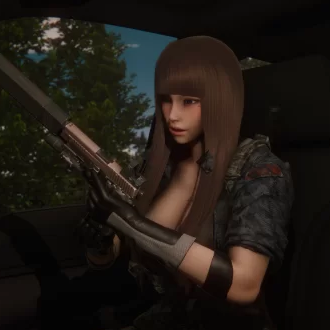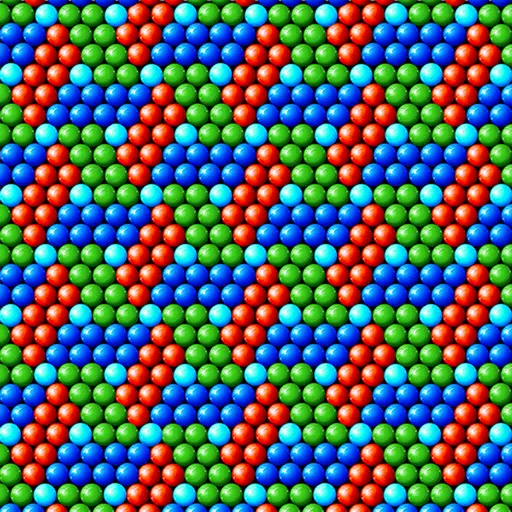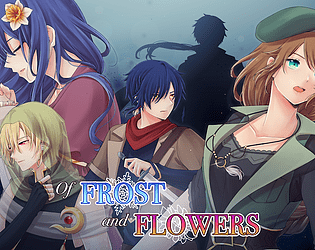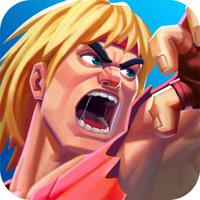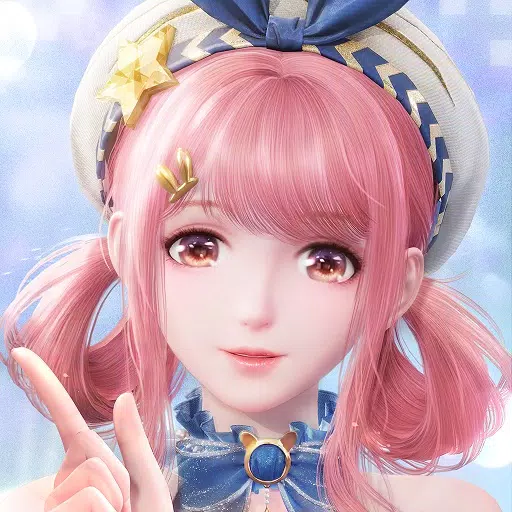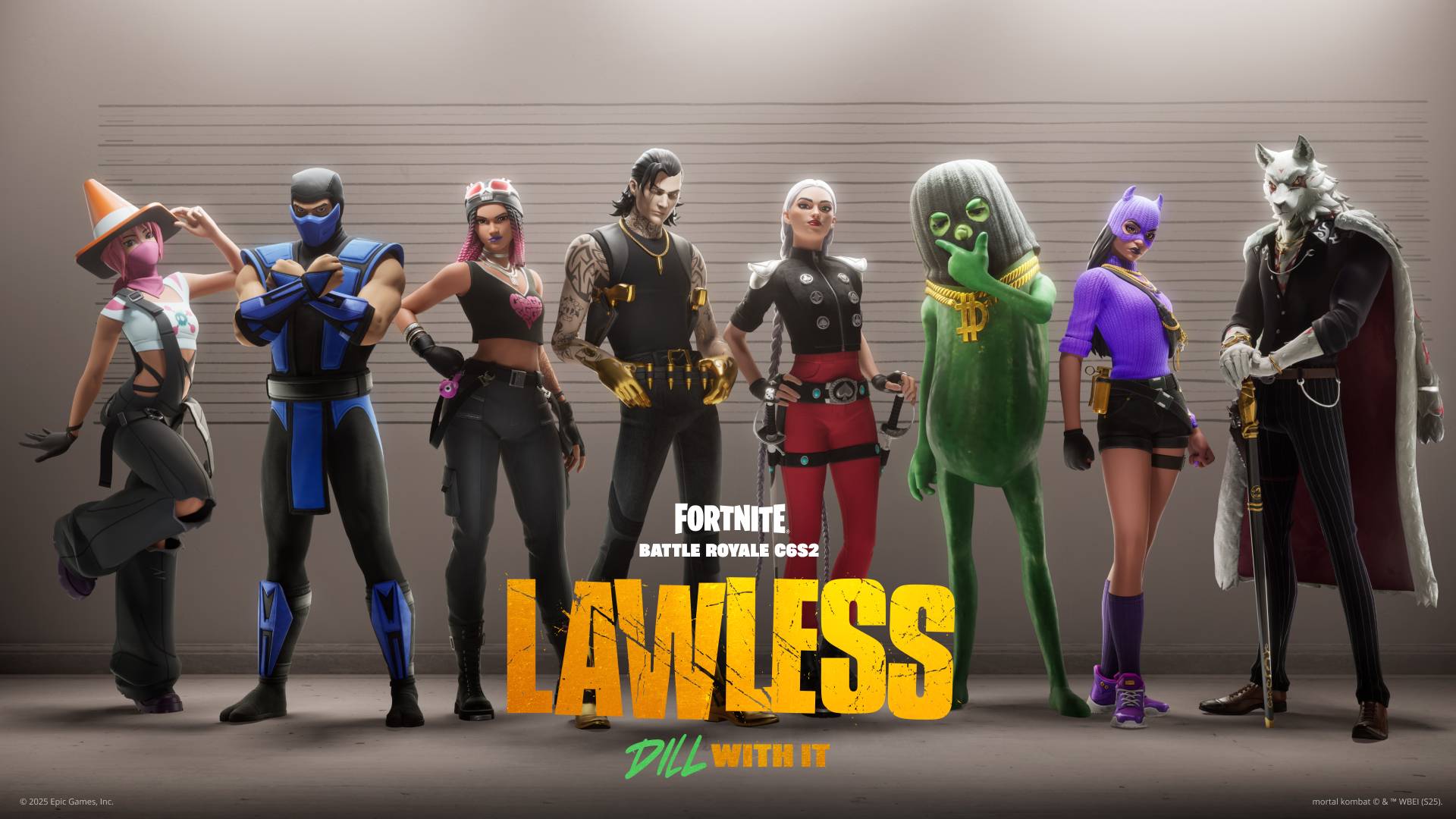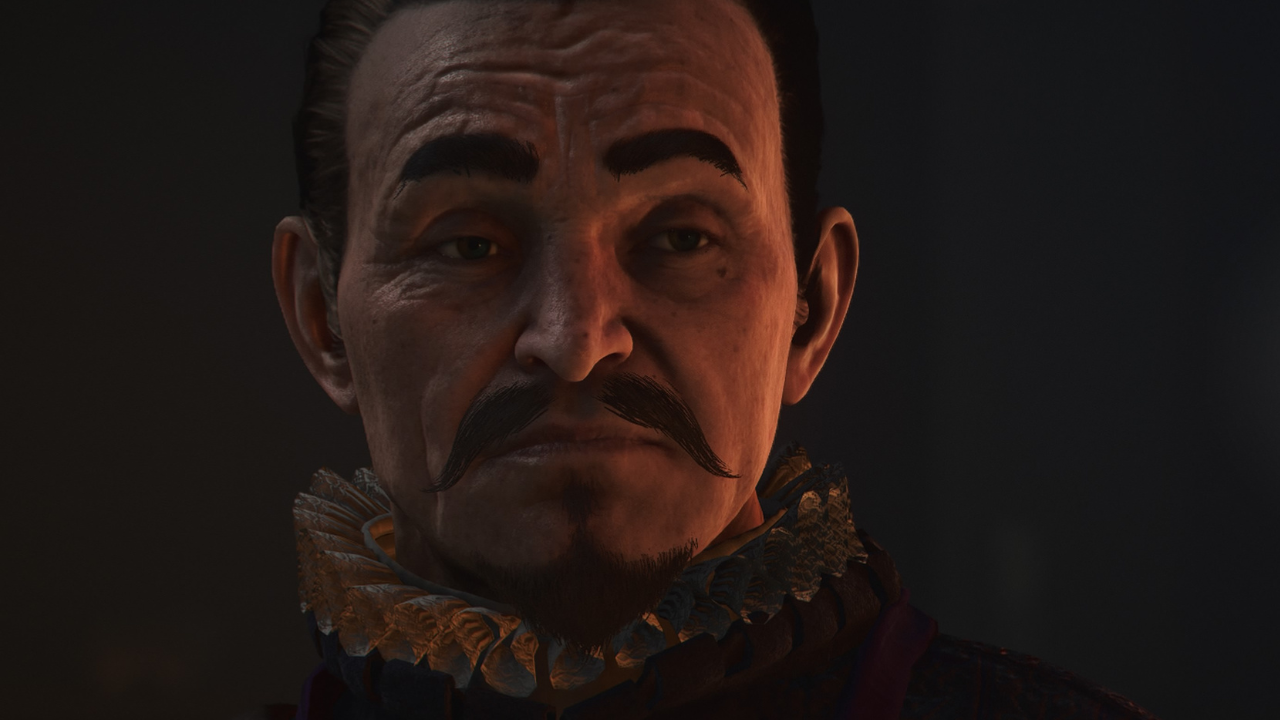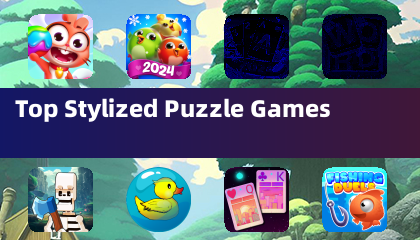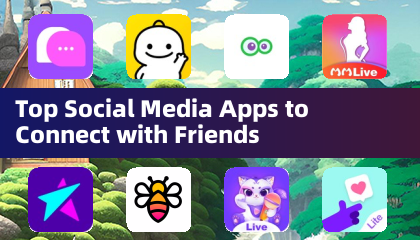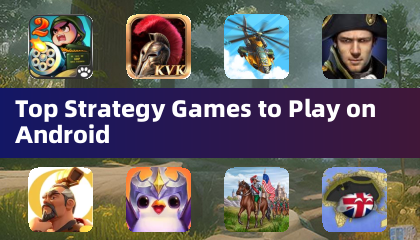Monster Hunter Weaponry Reimagined in Wilds
Monster Hunter Wilds: Weapon Tuning and Design Philosophy
Every Monster Hunter release sparks anticipation among players eager to experience their favorite weapons in a new game. Each of the 14 weapon types retains its unique characteristics while adapting to each title's design. Monster Hunter: World revolutionized exploration, while Monster Hunter Rise introduced the dynamic Wirebug mechanic. Monster Hunter Wilds, aiming for a seamless hunting experience, presents a unique set of challenges and opportunities for weapon design.
To understand the weapon tuning process, we interviewed Kaname Fujioka (art director and executive director, also director of the first Monster Hunter game) and Yuya Tokuda (Wilds director, involved since Monster Hunter Freedom).
IGN First Monster Hunter Wilds Oilwell Basin Artwork
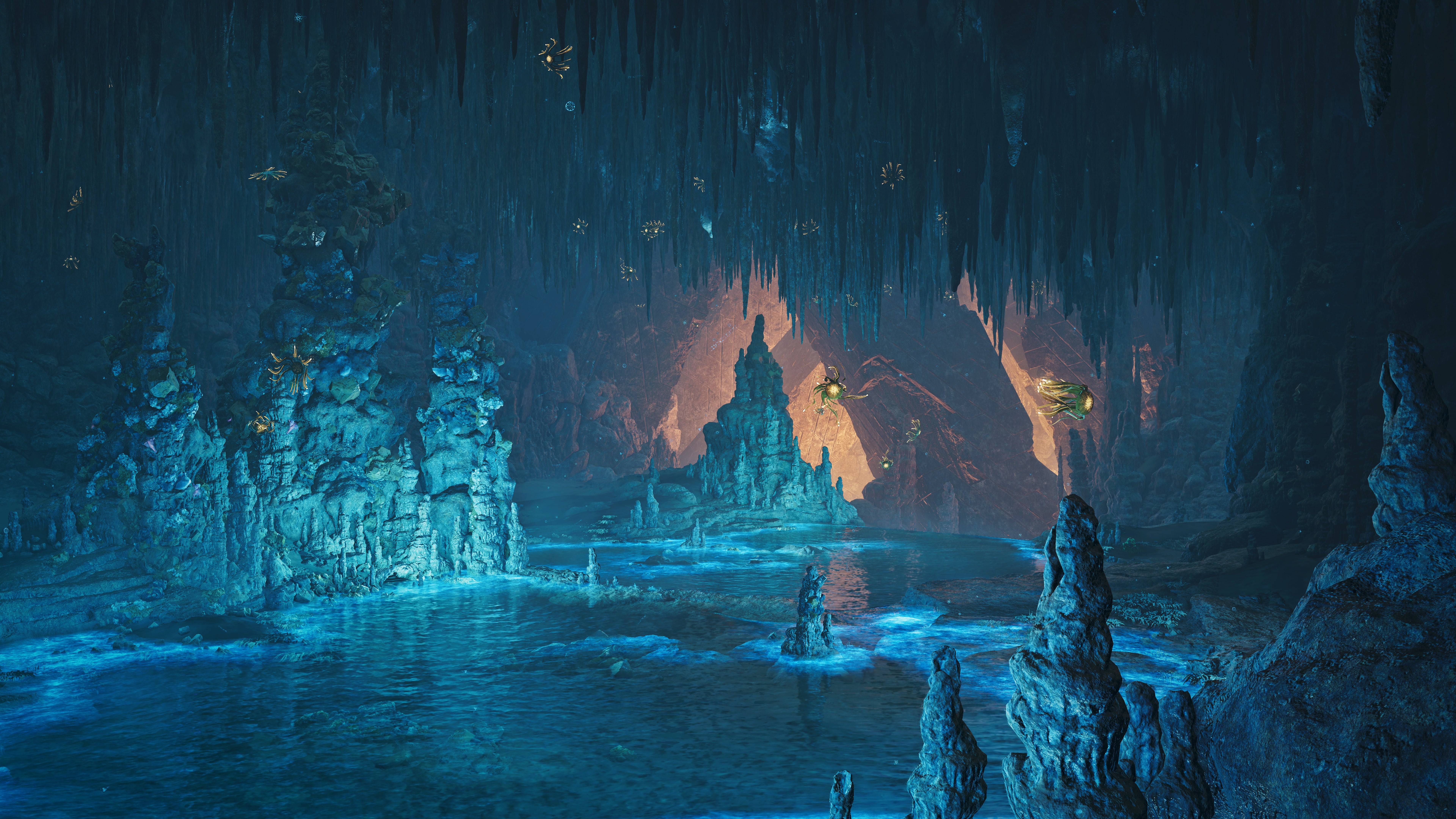
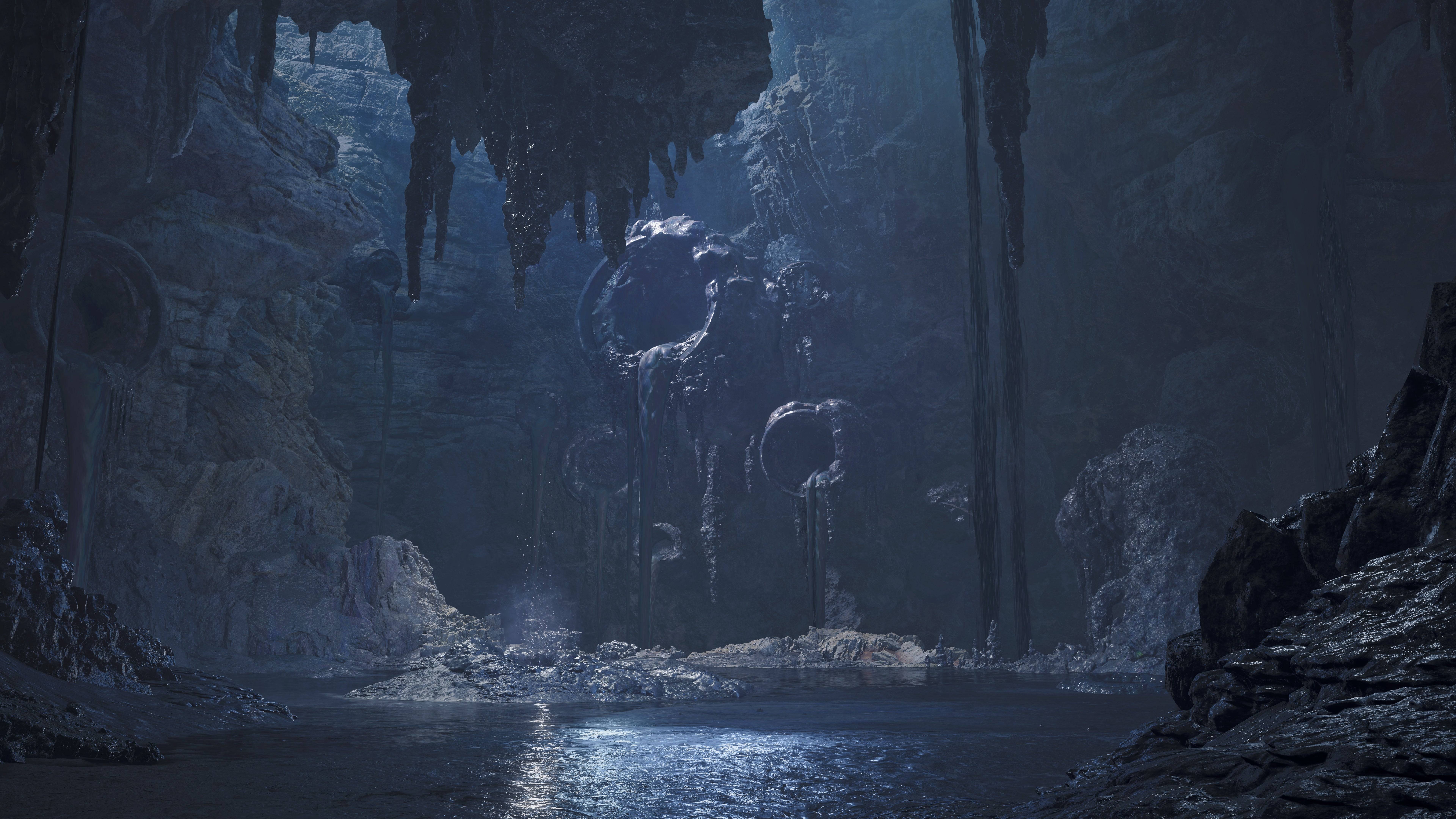

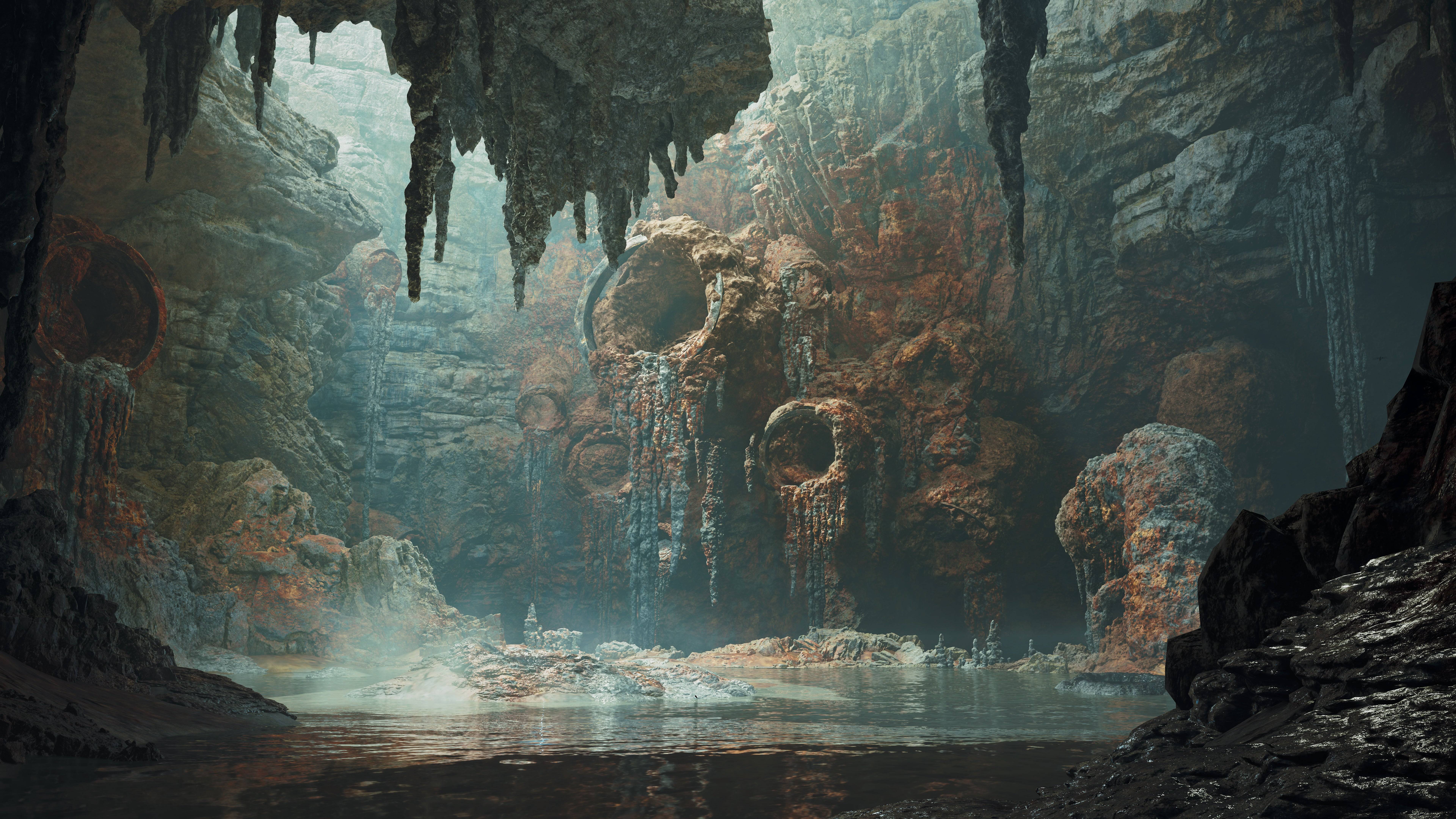
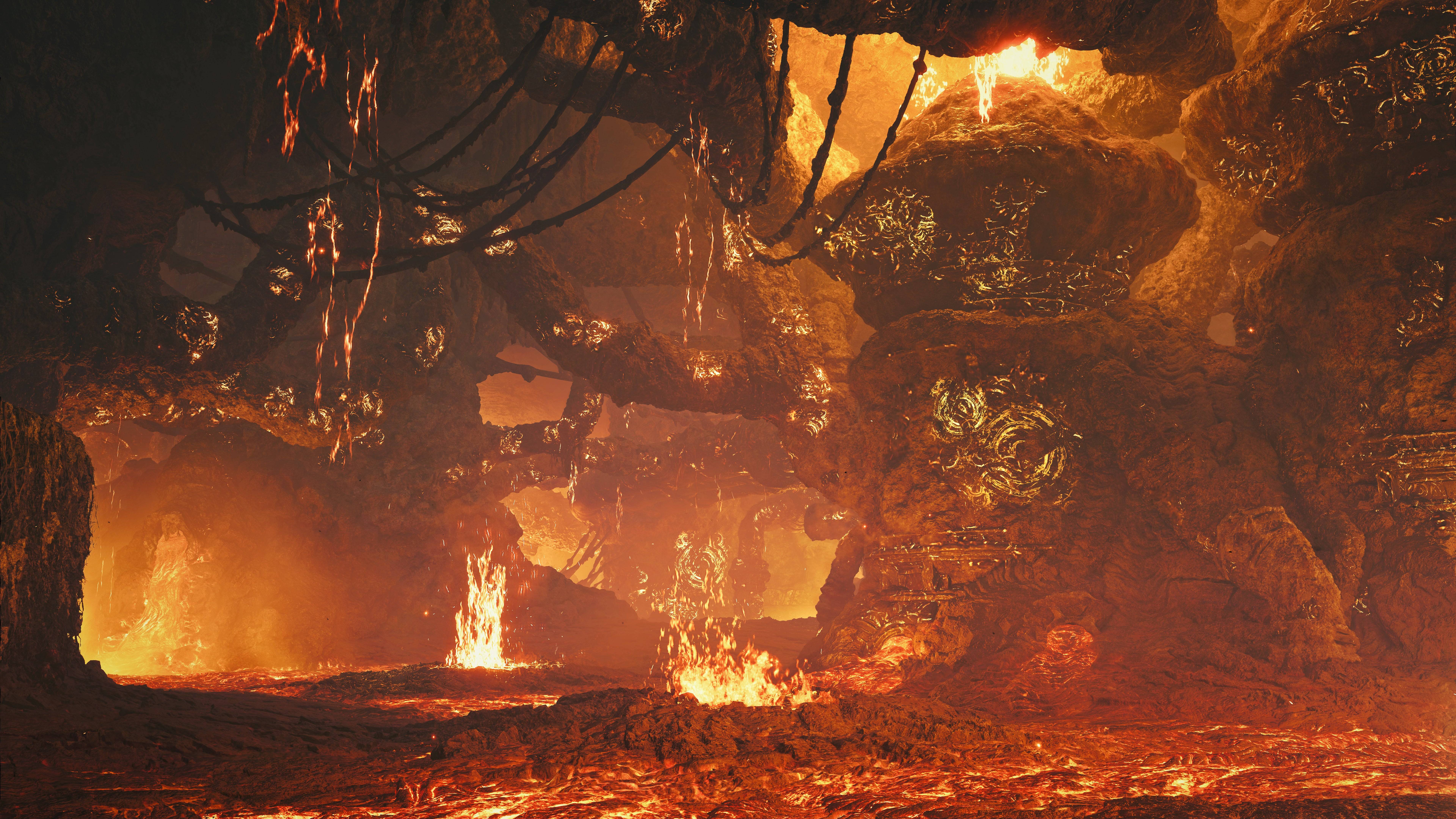
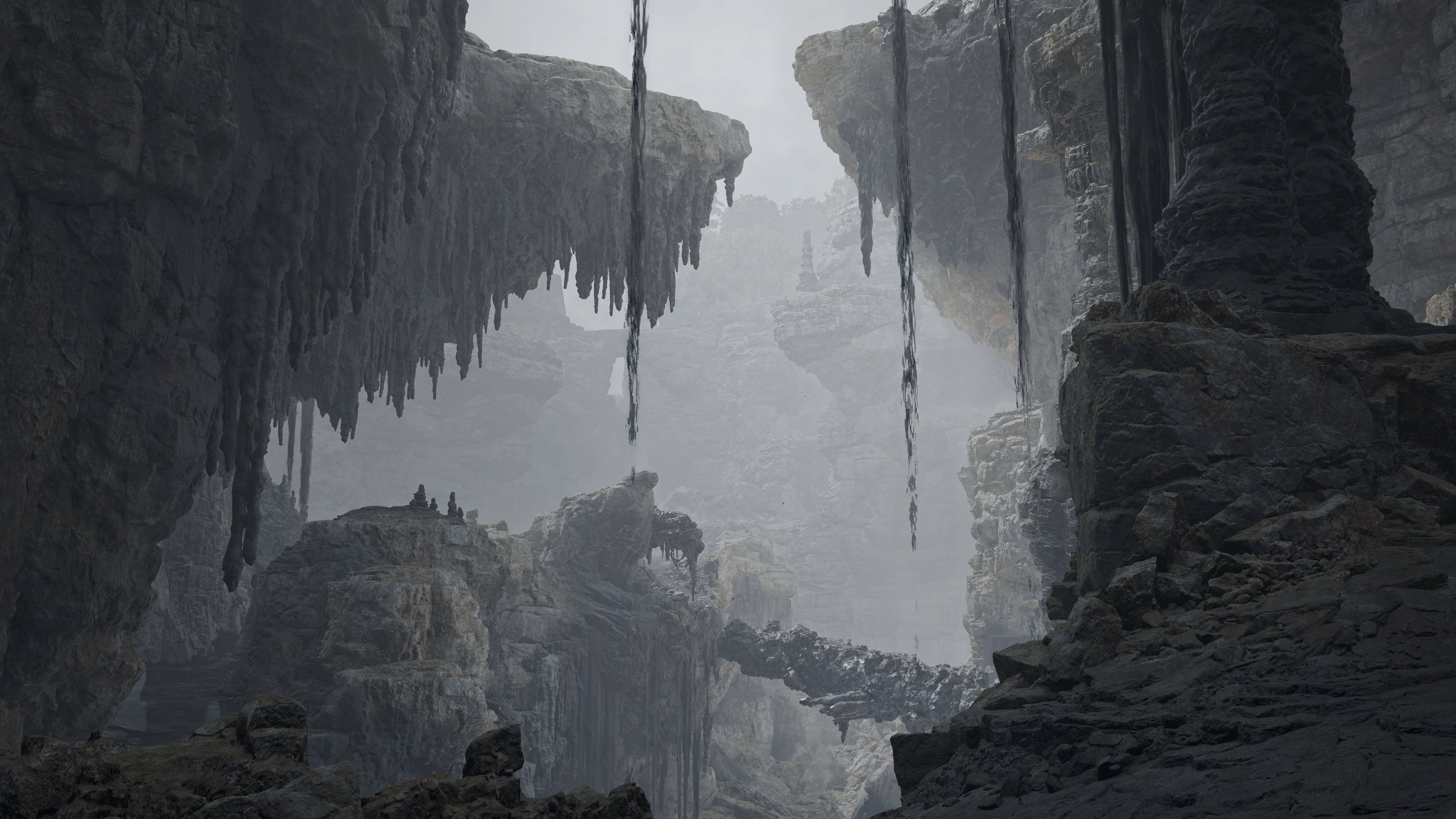
The interview revealed the design process for various weapons, addressing player feedback from the November 2024 Open Beta Test.
Seamless World Adjustments
Wilds' seamless map and dynamic weather necessitated significant weapon adjustments. Tokuda highlighted substantial changes to the Light and Heavy Bowguns and the Bow. Wilds' seamless design eliminated the need for base resupply, impacting ranged weapons which traditionally use consumable ammo and coatings.
"We designed basic damage sources to be resource-free," Tokuda explained. "Normal, pierce, and spread ammo for Bowguns and coatings for Bows are unlimited, managed by a gauge. However, pre-prepared or field-gathered materials allow for crafting powerful attribute ammo."
Weapon adjustments considered Wilds' new elements, with ranged weapons undergoing the most significant changes. Fujioka emphasized visual design improvements: "We wanted to showcase the charging animation of Bowgun special shots convincingly, visually clarifying player actions." Technological advancements enabled these enhanced animations. Improved transition animations between actions broadened hunter capabilities.
"All weapons aim for natural use within the situation," Tokuda stated. "This is particularly crucial during moments of inactivity." For instance, healing no longer requires sheathing the weapon.
Fujioka added, "Focus Mode, allowing directional movement during attacks, was a significant development. It enables continuous attacks while slightly off-center, fulfilling player desires for precise control. We aimed to meet player expectations for in-the-moment movement, leveraging advancements in animation management and game design."
Focus Strikes
Wilds' new wound system allows for inflicting wounds through continuous attacks on specific monster body parts. Wound creation depends on accumulated damage, with environmental factors enhancing this process. Focus Strikes, activated in Focus Mode, deal massive damage to wounded monsters. Each weapon type features unique Focus Strike animations, although the developers balanced these to avoid excessive disparity between weapon types after open beta feedback.
The wound system provides a new strategic layer. For example, a head wound created by a hammer can be exploited with a Focus Strike, but this creates a scar, preventing further head wounds. The developers highlighted the possibility of environmental interactions leading to unexpected scars in the later game stages.
Tokuda explained the impact of the wound system on monster encounters: "Monsters start unwounded, but in Wilds, they can engage in turf wars even without hunter intervention. This means a monster might already have wounds when encountered. This presents unique hunting opportunities and potential additional rewards."
Monster health and toughness were adjusted to maintain appropriate playtime and player satisfaction, with Focus Mode aiming for more concentrated, impactful hunts.
The Great Sword's Tempo
Tokuda revealed the weapon development process: "About six planners oversee player experience, collaborating with artists and animation designers. Great Sword development acts as a prototype, informing the design of other weapons."
Fujioka highlighted the Great Sword's importance in animation design: "Focus Strikes were conceived prioritizing feel over performance. The Great Sword, being an all-rounder, serves as the animation baseline. Its Focus Strike's success inspired the design of others."
Tokuda emphasized the Great Sword's unique tempo in action games: "Weapons with a heavy tempo like the Great Sword are rare. Its enjoyable use informs the design of other weapons, creating differentiation while maintaining the core Monster Hunter experience."
Weapon Personality
The developers acknowledged the inevitable popularity disparity among weapons. However, they prioritized unique weapon design over uniform ease of use. Fujioka stated, "We focus on unique design rather than equal ease of use. However, we address issues impacting player experience, avoiding overpowered weapons. The release version incorporates significant changes based on open beta feedback."
Tokuda illustrated this philosophy using the Hunting Horn: "Its concept is area-of-effect damage. We explored how to utilize its unique sound element for damage output, focusing on maximizing its personality rather than pure damage. Open beta feedback on Hunting Horn's self-buffing capabilities led to adjustments for the release version, ensuring it's not the only viable secondary weapon choice."
The developers acknowledged inherent weapon-monster matchup discrepancies, avoiding overly efficient builds for all monsters. They aimed to retain weapon and monster uniqueness, ensuring player satisfaction even with less popular weapons through trial and error. The dual-weapon system in Wilds further encourages complementary weapon choices.
Skill Builds
The decoration system in Wilds is similar to World's, with specific skill abilities activated by placing decorations into weapon or armor slots. Alchemy allows for crafting single-skill decorations, eliminating the frustration of skill acquisition.
Finally, the developers shared their personal weapon preferences. Tokuda favored long-range weapons and the Sword and Shield for its adaptability, while Fujioka declared himself a Lance main. They addressed open beta feedback concerning the Lance, acknowledging significant improvements for the release version to address issues with its usability and responsiveness. The developers concluded by emphasizing their commitment to incorporating player feedback to create the best possible hunting experience.
